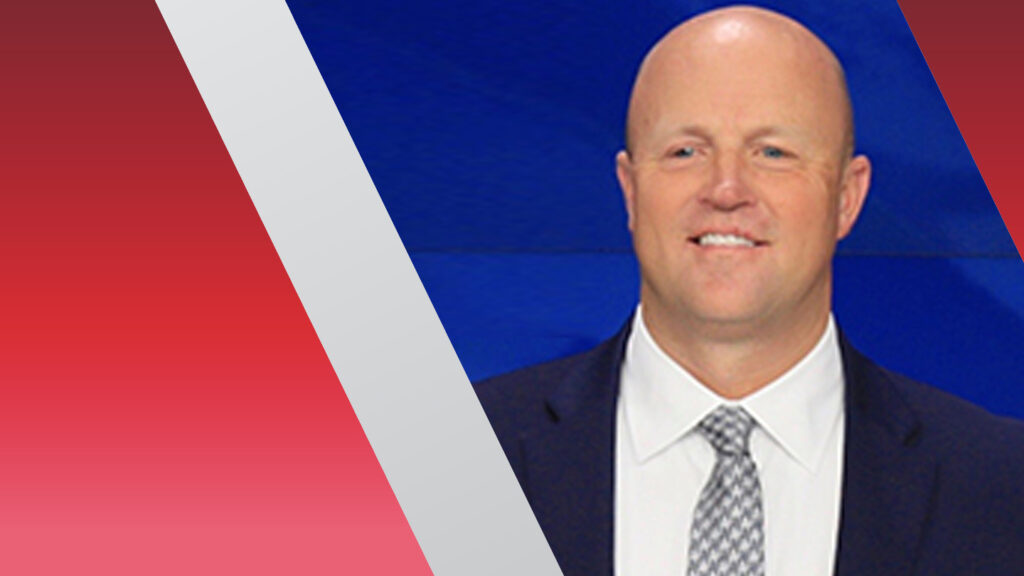
The US’s largest nursing home company, the Ensign Group, is riding high on second-quarter 2023 results, with continued improvement in occupancy, skilled revenue, skilled days and managed care, despite ongoing labor market challenges, company executives reported in a Friday conference call.
The San Juan Capistrano, CA-based holding company is having yet another busy acquisition year and is currently transitioning 45 recently acquired operations. Those include 20 skilled nursing properties acquired from Sabra Health Care REIT, and formerly leased to North American Health Services, a transaction that was completed in February.
Its second-quarter share values were up over the same quarter of 2022, with diluted earnings per share for the quarter at $1.12 and adjusted diluted earnings per share $1.16, increases of 10.9% and 14.9%, respectively. Net income for the period was $64.0 million and adjusted net income was $66.3 million, increases of 10.9% and 15.4%, respectively, compared to the second quarter 2022.
Now, the company is training its sights on continued growth opportunities. The company expects to announce a “handful of new acquisitions” in the very near future, according to CIO Chad Keetch, with a focus on same store and transitioning operations within its existing markets, and that more opportunities will arise near the end of the year.
“[W]e may never have seen as much potential to drive organic growth across our portfolio than we do right now,” CEO Barry Port said during the call. He said he foresees numerous opportunities to improve labor and drive the company’s occupancy and skilled services mix as the company transitions its newly acquired operations.
Skilled mix
In the second quarter, skilled mix for both revenue and census remained elevated compared to pre-COVID levels, “showing just how important high quality post-acute services are within the continuum of care,” Port told investors.
Skilled mix revenue and skilled mix days for same store operations grew by 8.8% and 5.6% in second quarter 2023, respectively, over the same quarter 2022. Better care coordination, increased capabilities and strong clinical outcomes has factored into increased managed care census and revenue increases as well, Port reported.
The company’s operators are becoming more adept at ensuring that they have the level of services that attract high-acuity patients, and Port said that he foresees more growth in skilled mix and an increase in sicker patients leading toward slightly higher 2023 year-end margins.
Lower turnover, sustainable demand
Ensign’s operators had fewer admissions in the second quarter, which Port attributed to summer seasonal factors that impact patient flow. But occupancy has remained strong, he added, with a same store rate of 78.5% as of the end of the quarter, an increase of 3.97% over the same quarter a year previous.
The company is on a path “to reach and eventually exceed our pre-COVID same store occupancy of 80.1% as we move into the higher admission months of fall and winter,” Port said.
It also is upbeat about undeniable labor shortages, with Port forecasting continued improvements as new operators absorb Ensign’s culture. He noted lower turnover rates and said that the use of third-party nurse staffing agencies had decreased for the sixth month in a row as of June 30.
The company has had an “intense focus” on staff retention efforts since the beginning of 2022, with shared best practices behind its strategy to remain an employer of choice, Port noted.
“This continued growth in skilled mix demonstrates the increasing and sustainable demand for skilled post-acute services, including within the context of our managed care patients,” he said.
Total skilled services revenue for the quarter increased 25.9% to $884 million from the prior year, and total skilled services segment income was $117 million, or an increase of 14.4% over the prior year quarter.
Medicare rates
Although providers have had no news on the anticipated federal minimum staffing rule, a positive reimbursement rate environment has provided some “extra clarity” for the second half of the year, CFO Suzanne Snapper added. The company expects the federal net Medicare rate to increase by 3.5% starting in October, and most states it operates in have adjusted their rates to offset the end of the COVID public health emergency that ended in May, she said.
“The combination of a positive rate environment and a slowing of inflation in some of our biggest costs, including labor, will add to the operational momentum we continue to generate as we focus relentlessly on fundamentals,” she explained.



